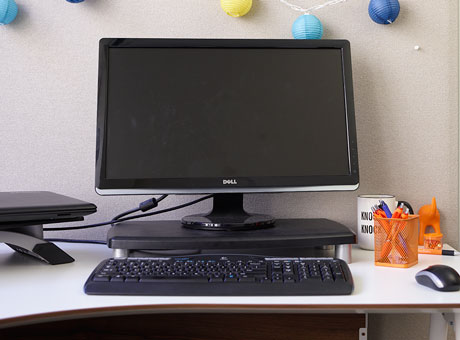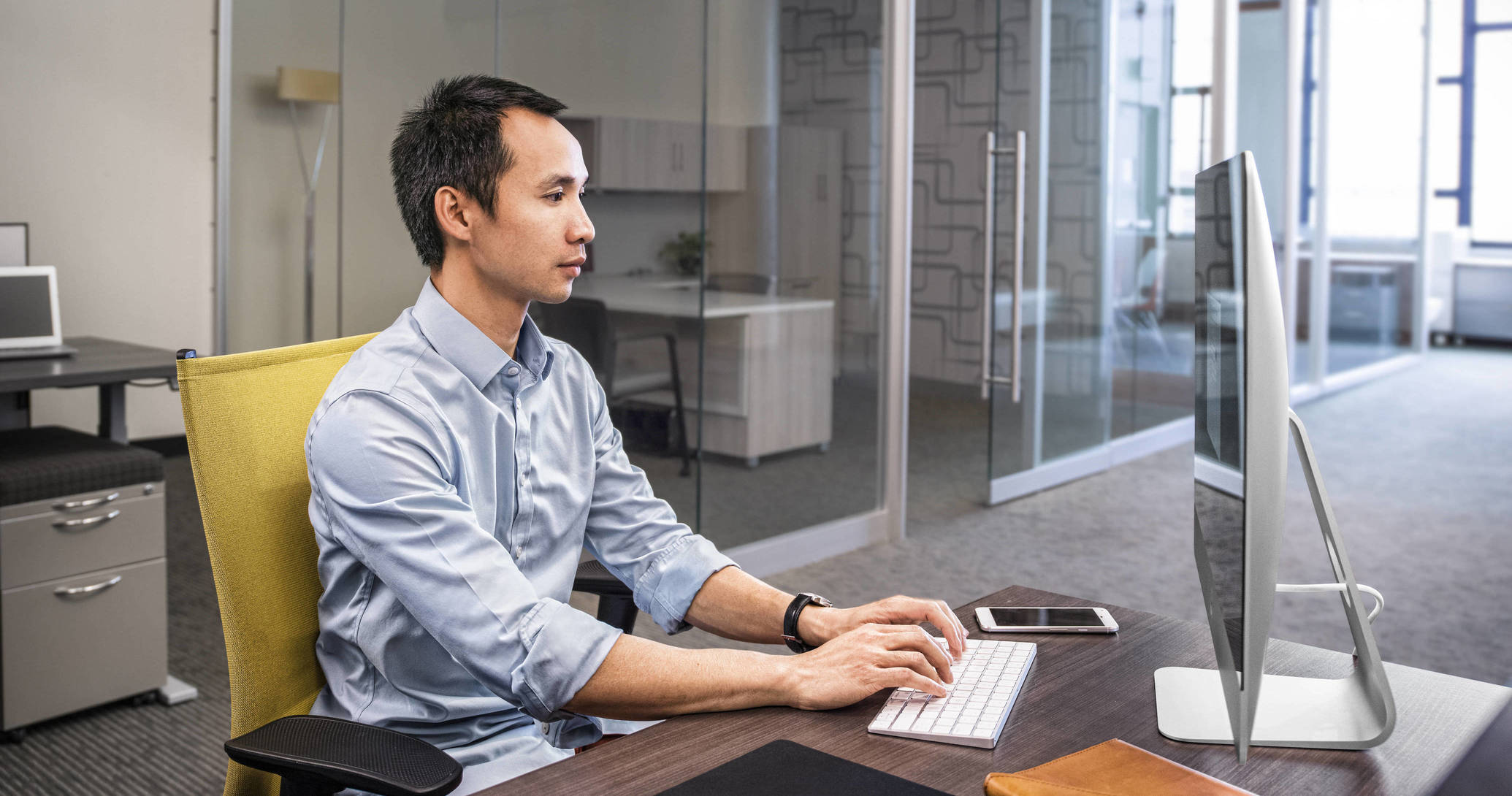When you can write off business expenses in the year they incur, your tax return may feel simple. But what do you do with capital expense?
These expenses must be depreciated, or written off incrementally over a period of several years, and their tax treatment is more complicated. The Canada Revenue Agency (CRA) divides capital expenses into several categories, each of which has its own special depreciation rate.



